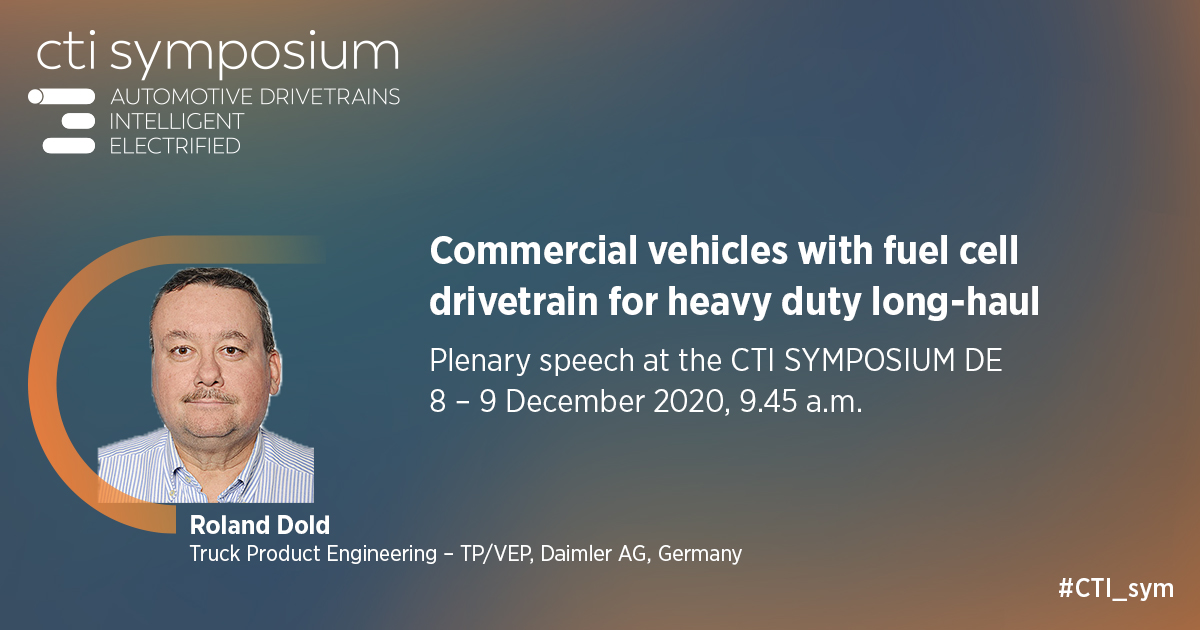
Roland Dold, Truck Product Engineering – TP/VEP, Daimler AG, Germany
The class of heavy-duty commercial vehicles used in long-distance haulage with their typical application and usage profiles and the typical drives with average installed power in the 350 kW to 400 kW range cause by far the largest share of CO2 emissions worldwide in the road vehicle sector.
Because of this fact, politicians have enacted and put into force CO2 regulations for the most important markets and regions, which regulate the vehicle class of heavy long-distance vehicles in a special way. With VECTO, e.g. the EU has introduced an EU uniform procedure that divides all commercial vehicles on the market into technical classes and prescribes CO2 savings for the fleet of 15% in 2025 and 30% in 2030 compared to the reference year 2019.
Hydrogen as an energy carrier and the fuel cell as an energy converter for electrically powered heavy commercial vehicles lead to significant advantages, especially for long-distances.
It is to be expected that the regulations relevant to the approval of vehicles in heavy long-distance traffic will change only insignificantly in the period up to 2030 and that the 4×2-semitrailer tractor in the EU will continue to dominate the target segment. Within technical limits, the challenge is to achieve the highest possible ranges with very short refueling times.
This has a significant influence on the technology of the vehicle. The presentation will give detailed insights into the overall vehicle architecture and the core components.
